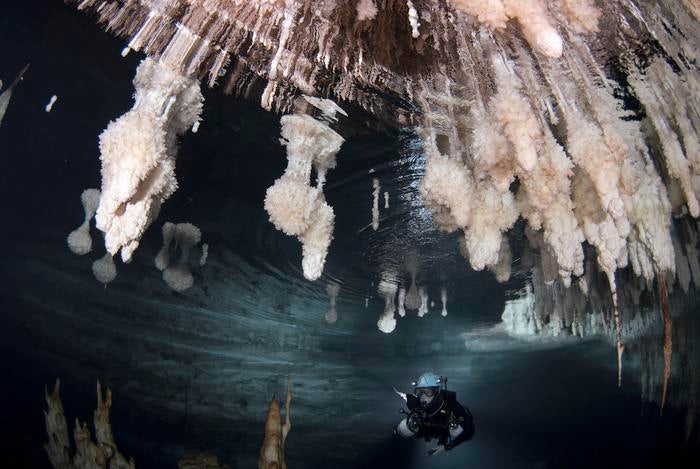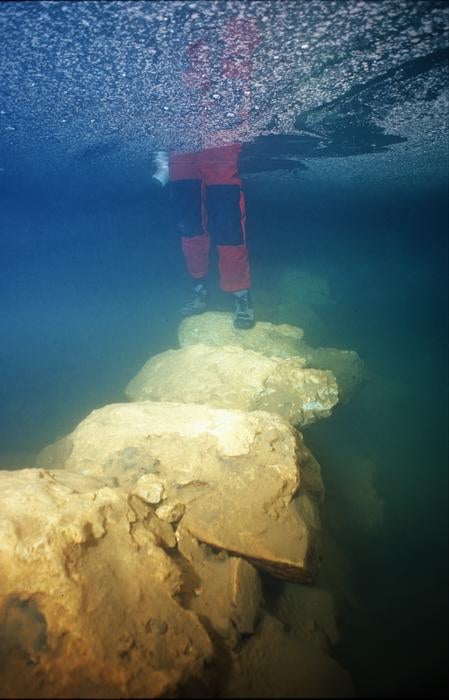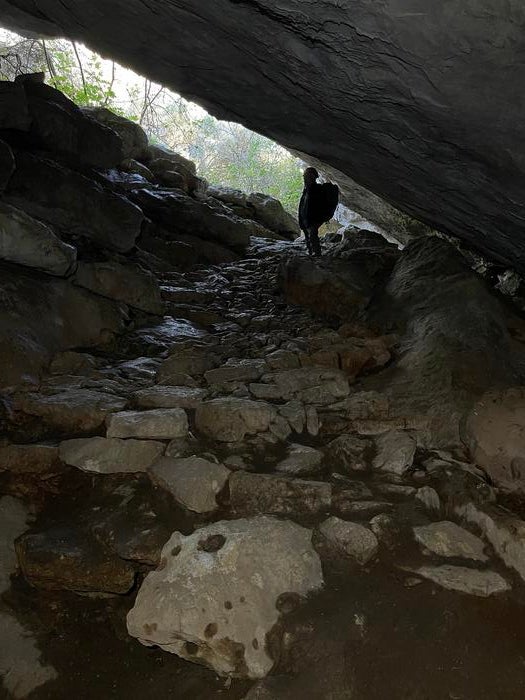Discovery of submerged bridge built by ancient humans rewrites Mediterranean island’s history
Early settlers ‘strategically’ built bridge to navigate island some 1,600 years earlier than the first confirmed human activity on Mallorca
Your support helps us to tell the story
From reproductive rights to climate change to Big Tech, The Independent is on the ground when the story is developing. Whether it's investigating the financials of Elon Musk's pro-Trump PAC or producing our latest documentary, 'The A Word', which shines a light on the American women fighting for reproductive rights, we know how important it is to parse out the facts from the messaging.
At such a critical moment in US history, we need reporters on the ground. Your donation allows us to keep sending journalists to speak to both sides of the story.
The Independent is trusted by Americans across the entire political spectrum. And unlike many other quality news outlets, we choose not to lock Americans out of our reporting and analysis with paywalls. We believe quality journalism should be available to everyone, paid for by those who can afford it.
Your support makes all the difference.A submerged bridge made by ancient humans has been discovered in a Spanish cave, revealing human colonisation of the western Mediterranean happened much earlier than previously thought.
Archaeologists unearthed the 25-foot submerged bridge at a cave on the Spanish island of Mallorca, providing the earliest uncontested evidence of human activity in the region.
Mallorca, the sixth largest island in the Mediterranean, was among the last to be colonised by humans.
The most solid research analysing archaeological finds like charcoal, ash and bones on the island suggested a timeline of human settlement on the island beginning only about 4,400 years ago. Other studies have claimed evidence of human presence on Mallorca as far back as 9,000 years, but their findings have been debated due to several inconsistencies.

Now a cave discovered near the coast of the island was found to have passages that had flooded due to rising sea levels, with distinct calcium-rich deposits forming on it during periods of high sea level.
Earlier studies have shown that such calcium deposits along with colouration bands on submerged human-made objects can serve as proxies for tracking historical sea-level changes.
Using these encrusted deposits and light-coloured bands on the bridges, the research, published in the journal Communications Earth & Environment, dated the infrastructure’s construction to about 6,000 years ago.

This is more than two thousand years older than the previous best estimates of the first human occupation of the western Mediterranean island, researchers say.
“The presence of this submerged bridge and other artefacts indicates a sophisticated level of activity, implying that early settlers recognised the cave’s water resources and strategically built infrastructure to navigate it,” study co-author Bogdan Onac said.
The latest timeline of human settlement on Mallorca also coincides with ancient environmental events discovered on the island such as the extinction of the goat-antelope Myotragus balearicus.
“This research underscores the importance of interdisciplinary collaboration in uncovering historical truths and advancing our understanding of human history,” Dr Onac said.

Scientists plan to further explore cave systems in the Mediterranean using similar methods.
They hope to assess caves that formed millions of years ago to identify preindustrial sea levels and examine the impact of modern climate change on sea-level rise.
Join our commenting forum
Join thought-provoking conversations, follow other Independent readers and see their replies
Comments